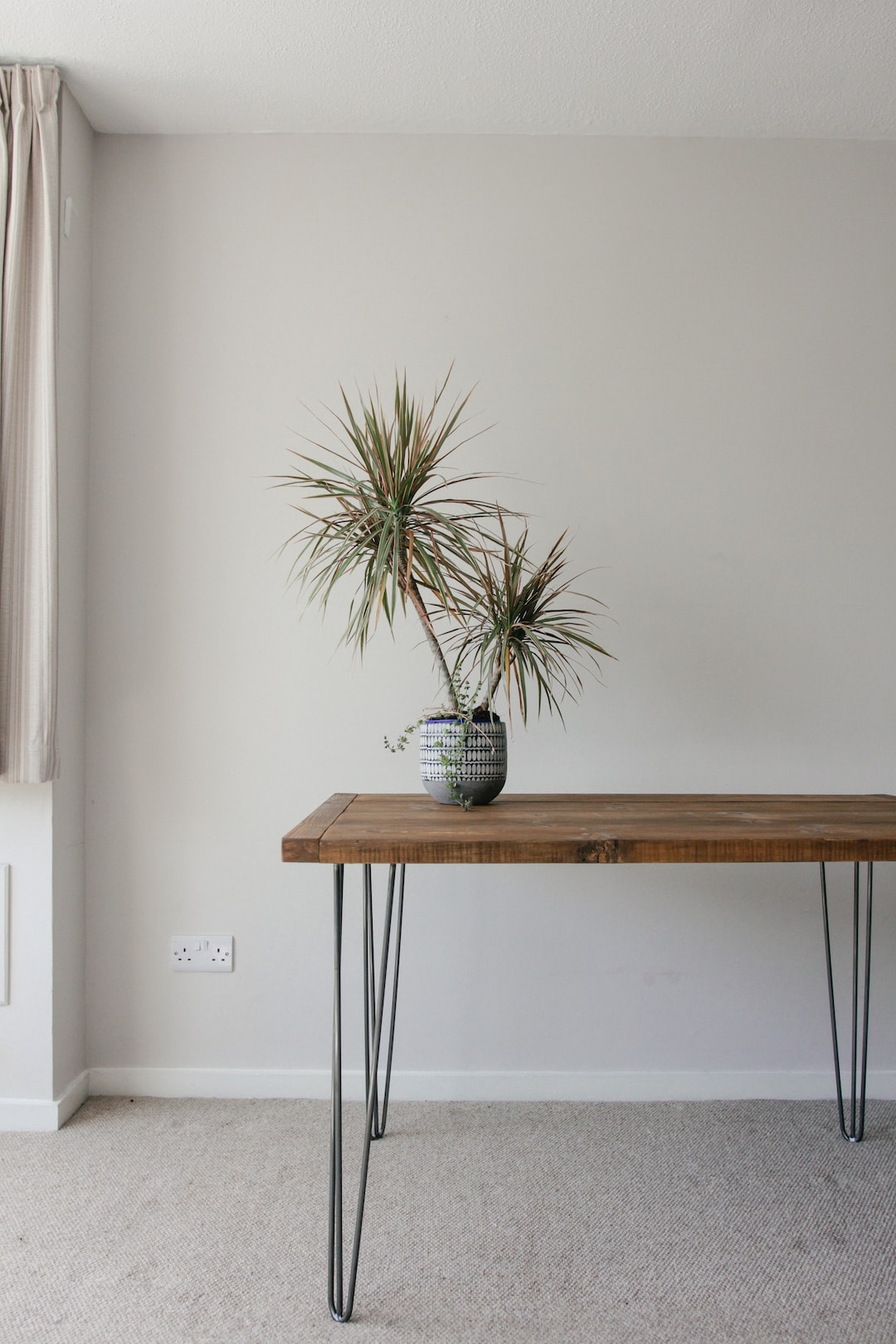Achieving Balance: Mixing and Matching Furniture Styles in Your Home
When it comes to designing your home, one of the biggest challenges is finding the right balance between different furniture styles. Mixing and matching furniture styles can give your home a unique and eclectic look, but it can be quite tricky to achieve the perfect balance. However, with some careful planning and a few design tips, you can create a harmonious and cohesive space that reflects your personal style.
One of the first things to consider when mixing furniture styles is the overall theme or concept you want to convey. Do you prefer a modern, minimalist style? Or are you drawn to a more traditional or vintage look? Having a clear vision in mind will help you in selecting furniture pieces that complement each other.
Another key aspect to bear in mind is scale and proportion. When mixing furniture styles, it’s important to have a variety of sizes and shapes to create visual interest. However, be mindful of the scale of the different pieces so that they don’t overwhelm the space or look out of place. For example, pairing a large, overstuffed couch with delicate, vintage side tables may not create the desired balance.
Color is another element that plays a crucial role when mixing furniture styles. You can create a cohesive look by choosing a color palette that ties everything together. For instance, if your primary furniture piece is a modern, sleek sofa, you can introduce a vintage touch by adding accent chairs upholstered in a complementary color. Similarly, using rugs, pillows, and artwork with similar color schemes can help tie the room together.
Texture is yet another factor that can enhance the overall aesthetic when blending different furniture styles. Combining pieces with contrasting textures can create a visually appealing space. For example, pairing a smooth leather sofa with a rustic wooden coffee table can add character and interest.
To achieve balance, don’t forget to leave some breathing space between different furniture pieces. This can prevent the room from looking cluttered or chaotic. Properly arranging furniture in relation to one another can also help create a sense of unity and cohesiveness.
Finally, don’t be afraid to experiment and take risks. Mixing and matching furniture styles allows you to express your individuality and create a space that feels uniquely yours. Trust your instincts and select pieces that resonate with you, even if they may seem unconventional. After all, your home should be a reflection of your personality and style.
In conclusion, mixing and matching furniture styles can add a layer of depth and character to your home. By carefully selecting pieces that complement each other in terms of theme, scale, color, texture, and arrangement, you can achieve a harmonious and balanced space. So, go ahead and have fun exploring different furniture styles to create a home that is both visually stunning and true to your personal taste.

